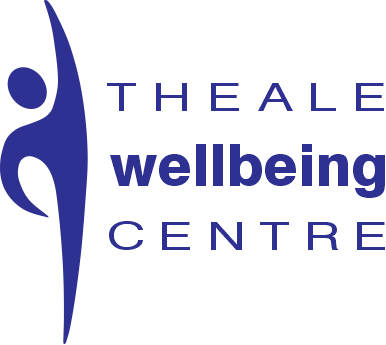Some of you may be aware that one of our podiatrists – Ali Clark-Morris has been fund raising for the Village of Hope leprosy project. To start with we would like to say a very big THANK YOU to all of you who have supported this project both with financial donations and donations of dressings/equipment. We continue to ask for donations to fund much needed equipment – Ali will assess what equipment is most needed during her visit. This is the LINK for donations. Do keep coming back to our blog as we will be updating it during Ali’s time in India.
At the end of December and the beginning of January Ali and her friend Marian will be volunteering in the village to provide help and relief to leprosy sufferers who have ulcers on their feet and hands. They will be based in the bandaging unit/dressing clinic, of which there is footage on this video created by a student earlier this year.
 At present they treat 60-80 foot and hand wounds a day. They work in one clinic in the morning and then in another elsewhere in the village in the afternoon. While Ali and Marian are there they will be able to open both clinics all day which means they may be able to almost double the number of people seen in a day.
At present they treat 60-80 foot and hand wounds a day. They work in one clinic in the morning and then in another elsewhere in the village in the afternoon. While Ali and Marian are there they will be able to open both clinics all day which means they may be able to almost double the number of people seen in a day.
Because people with leprosy have lost the feeling in their feet they build up a lot of hard skin and so are more prone to ulceration and infection which, if not managed well can lead to amputation hence the fact that many leprosy sufferers have lost fingers and toes.
 As a podiatrist Ali can reduce the hard skin/callus thus reducing the risk of ulceration and the complications that can ensue. They will also be taking over in-sole materials that can be stuck inside shoes/sandals to off load the areas of the feet that are at risk of ulceration. The more ulcers that can be prevented the better. Marian will be dressing the wounds once Ali has cleaned them and debrided the wound.
As a podiatrist Ali can reduce the hard skin/callus thus reducing the risk of ulceration and the complications that can ensue. They will also be taking over in-sole materials that can be stuck inside shoes/sandals to off load the areas of the feet that are at risk of ulceration. The more ulcers that can be prevented the better. Marian will be dressing the wounds once Ali has cleaned them and debrided the wound.
What is Leprosy? – Key Facts
Leprosy is a chronic disease caused by a slow multiplying bacillus, Mycobacterium leprae.
- leprae multiplies slowly and the incubation period of the disease is about 5 years. Symptoms can take as long as 20 years to appear.
The disease mainly affects the skin, the peripheral nerves, mucosa of the upper respiratory tract, and also the eyes.
Leprosy is curable with multidrug therapy (MDT).
Although not highly infectious, leprosy is transmitted via droplets, from the nose and mouth, during close and frequent contacts with untreated cases.
Untreated, leprosy can cause progressive and permanent damage to the skin, nerves, limbs and eyes.
For more information about leprosy – follow this link to a recent World Health Organisation report http://www.who.int/mediacentre/factsheets/fs101/en/


I am a lecturer in Podiatry and have students who are interested in volunteering
Hi Rachel
Thank you for your message – could you email us directly and we can forward your message on the Ali Clark-Morris who arranges the trips to India. If you follow us on Facebook you may see some of her posts as she is there at the moment. Thank you, Christine, Marketing